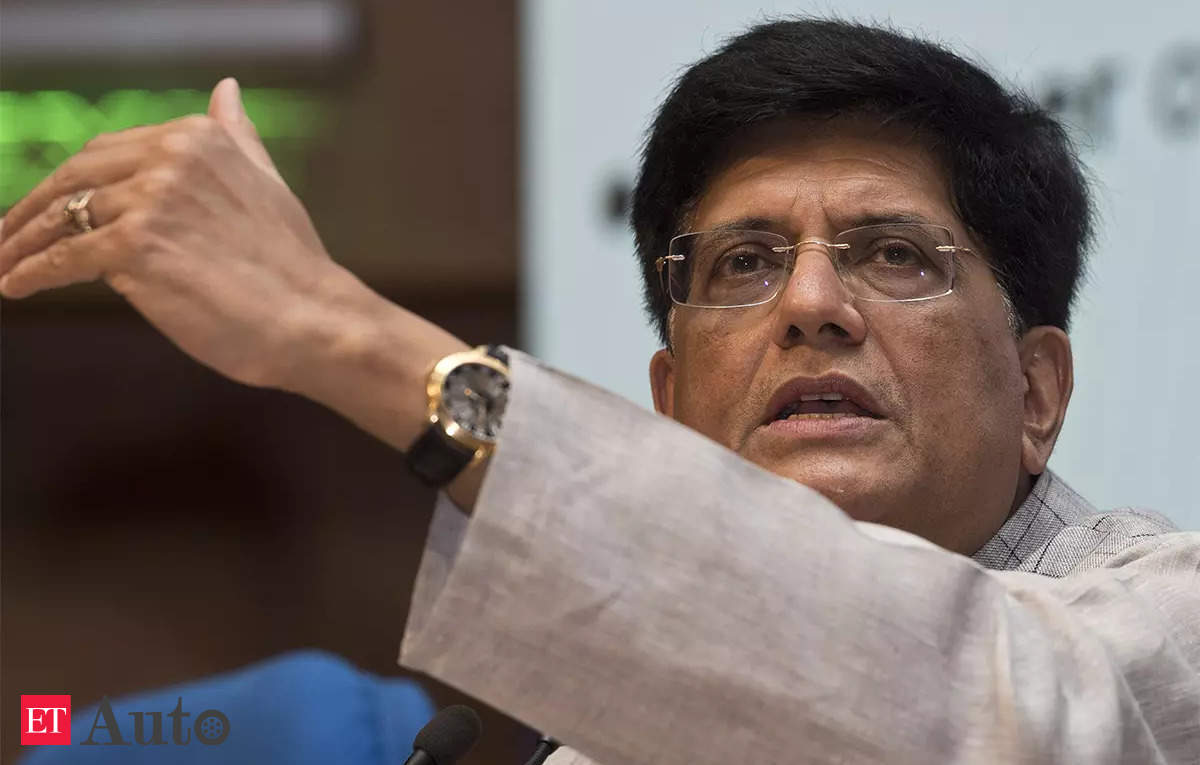Electric bicycles have been gaining popularity at a rapid pace all over the world. With so many new options hitting the market, it can be all too easy to get lost in the technical jargon, especially when it comes to the technology an e-bike claims to possess. If you’ve read a lot of the e-bike stories I share here on InsideEVs, you’d have probably noticed that some bikes come with torque sensors while others come with cadence sensors.
While these two things pretty much have the same job, the way they do their jobs is extremely different, and has a profound effect on how an e-bike would behave as you’re pedaling along. Let’s take a closer look at each, and weigh in on the pros and cons.
Cadence sensor

A cadence sensor’s role revolves simply around motion detection.
Cadence, also known as pedaling rate, is the motion of the cranks rotating as the cyclist pedals along. On an e-bike, particularly more affordable, budget-friendly models, a cadence sensor is used to deliver pedal assistance. Situated on the bottom bracket of the frame (the part where the cranks connect to), a cadence sensor’s sole purpose in life is to tell the controller that the pedals are being actuated. Once the controller receives the signal, it will send a predetermined amount of pedal assistance (dictated by the current assist setting) to the electric motor.
As you can probably tell, this is a simple system, and can sometimes result in jerky starts, especially when the e-bike is put in an aggressive assist setting. For beginner riders, or folks who have zero experience with electric bicycles, the sudden jolt when starting out can be quite startling. On top of that, it makes optimizing battery life more challenging, as the pedal assist is fixed according to the pre-selected level. It’s because of this that torque sensors are used on more premium e-bikes that focus on comfort and performance.

The Lectric XPeak is one of the many affordable e-bikes that make use of a cadence sensor.
Affordable e-bikes like the newly launched Lectric XPeak make use of a cadence sensor in a bid to keep costs down. For the average e-biker, cadence sensors are enough to do the job, as the jerky start is something you can easily get accustomed to.
Torque sensor

Torque sensors take things a notch higher, and can detect precisely how much torque the rider is inputting via the pedals.
Torque sensors are usually found on more premium e-bikes that promise a smoother, more seamless ride. The goal of the torque sensor is to deliver as natural a pedal assistance as possible, making it almost imperceptible that you’re actually riding an e-bike. It does this by delivering a proportional amount of pedal assistance as that which has been inputted by the rider. Put simply, if you’re mashing on the pedals when climbing a hill, the torque sensor detects this and sends in more power. Likewise, if you pedal lightly when descending a hill, the torque sensor dials the power down, thereby saving battery life.

The torque sensor lies at the heart of performance-oriented e-bike systems like the Bosch Performance CX Race.
The real-world effects of a torque sensor-equipped e-bike are much smoother starts, instantaneous response, and optimized battery performance, as the pedal assistance is tailored to every pedal stroke. On top of that, some e-bike models make use of a combination of cadence and torque sensors to provide an even smoother ride. In this scenario, the cadence sensor is responsible for letting the controller know that the pedals are being actuated, and the torque sensor then fine tunes assistance even further to provide a smoother ride.
Of course, it should go without saying that fancy e-bike systems like the Bosch Performance Line CX and other e-bike systems of that caliber all come outfitted with cutting-edge torque sensors that are able to precisely dial in pedal assistance according to the rider’s needs.







